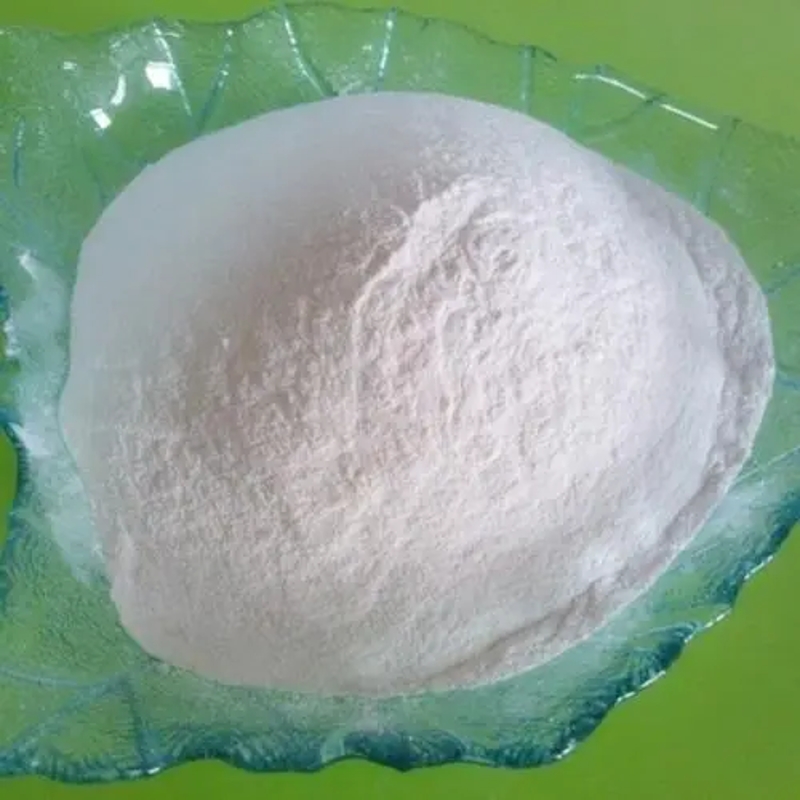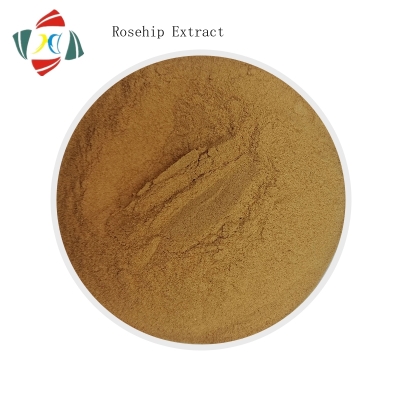-
Categories
-
Pharmaceutical Intermediates
-
Active Pharmaceutical Ingredients
-
Food Additives
- Industrial Coatings
- Agrochemicals
- Dyes and Pigments
- Surfactant
- Flavors and Fragrances
- Chemical Reagents
- Catalyst and Auxiliary
- Natural Products
- Inorganic Chemistry
-
Organic Chemistry
-
Biochemical Engineering
- Analytical Chemistry
- Cosmetic Ingredient
-
Pharmaceutical Intermediates
Promotion
ECHEMI Mall
Wholesale
Weekly Price
Exhibition
News
-
Trade Service
Editor’s note iNature is China’s largest academic official account.
It is jointly created by a team of doctors from Tsinghua University, Harvard University, Chinese Academy of Sciences and other units.
The iNature Talent Official Account is now launched, focusing on talent recruitment, academic progress, and scientific research information.
Those who are interested can Long press or scan the QR code below to follow us
.
iNature skin acts as a physical barrier and immune interface to protect the body from the external environment
.
Abnormal activation of immune cells can induce common skin autoimmune diseases, such as vitiligo, which is usually characterized by bilateral symmetrical lesions in certain anatomical areas of the body
.
Understanding what is necessary to coordinate the activity of skin immune cells at the organ level is necessary for the treatment of autoimmune diseases
.
On December 15, 2021, Chen Ting from the Beijing Institute of Life Sciences and Chang Jianmin from Beijing Hospital jointly published a research paper entitled "Anatomically distinct fibroblast subsets determine skin autoimmune patterns" in Nature Online.
The research was based on single-cell transcriptome sequencing , Mouse models and a series of genetic experimental methods have revealed the important role of skin fibroblasts in vitiligo disease: fibroblasts are the only necessary skin cells that can recruit and activate autologous CD8+ T cells; fibroblasts in different parts The ability of cells to respond to IFN-γ determines their ability to recruit CD8+ T cells and determines the location preference of vitiligo
.
In addition, on October 7, 2021, the Beijing Institute of Life Sciences/Tsinghua University Chen Ting team published an online publication titled "Hair shaft miniaturization causes stem cell depletion through mechanosensory signals mediated by a Piezo1-calcium-TNF-α axis" in Cell Stem Cell.
"The research paper shows that the loss or diameter reduction of the hair shaft will reduce the physical niche size, resulting in the mechanical compression of HFSC and its apoptotic loss
.
Mechanistically speaking, cell compression activates the mechanically sensitive channel Piezo1, thereby triggering calcium influx
.
Persistent hair shaft miniaturization during aging and hereditary oligotrichosis induces persistent ectopic apoptosis through Piezo1, leading to long-term HFSC loss
.
The results of this study confirmed the unconventional role of the inert hair shaft structure as a functional niche component that controls the survival of HFSC, and revealed the mechanosensory axis that regulates the physical-niche-atrophy-induced depletion of stem cells in the body (click to read)
.
Vitiligo is an acquired polygenic autoimmune disease
.
Its defining feature is skin discoloration.
Due to the activity of auto-reactive CD8+ T cells, the affected skin cannot recover spontaneously, which leads to the loss of epidermal melanocytes
.
Vitiligo affects 0.
5% to 2% of the global population
.
More than 80% of patients with vitiligo have bilateral symmetrical discoloration patterns on the central axis of the body and are classified as non-segmental vitiligo
.
Previous studies using mouse models of vitiligo have shown that IFNγ is important for T cell-induced skin depigmentation
.
Although various studies have proposed potential mechanisms, the identity of the IFNγ-responsive cells that mediate this function is largely unknown
.
Hypotheses about the reasons behind the bilateral symmetric pattern observed in vitiligo pathology include the regional differences in the distribution of the microbiota; the pattern of antigen expression in melanocytes; and the different distribution of neuropeptides released from nerve terminals
.
Despite these studies, the cellular and molecular mechanisms that coordinate the activity of immune cell patterns in the skin of patients with vitiligo are still elusive
.
The study used a mouse model of vitiligo based on endogenous autoreactive CD8+ T cell activation to determine the subpopulation of dermal fibroblasts responsible for driving patterned autoimmune activities.
The model targets epidermal melanocytes
.
Combined with single-cell analysis, cell type-specific gene knockout and transplantation experiments on skin samples from patients with vitiligo, the study found that among the various interferon-γ (IFNγ) reactive cell types in the skin affected by vitiligo, the dermis becomes Fibroblasts are necessary for the recruitment and activation of CD8+ cytotoxic T cells through secreted chemokines
.
Fibroblasts regulate the recruitment of killer CD8+ T cells through CXCL9/10.
Anatomically different human dermal fibroblasts show inherent differences in the expression of chemokines in response to IFNγ
.
In a mouse model of vitiligo, regional IFNγ-resistant fibroblasts determine the autoimmune pattern of skin depigmentation
.
The study determined that anatomically different fibroblasts with permissive or inhibitory IFNγ responses are a key determinant of the body-level pathological pattern of vitiligo, and emphasized that mesenchymal subpopulations are therapeutic targets for the treatment of autoimmune diseases
.
In summary, this study found for the first time that fibroblasts are essential for the occurrence of skin autoimmune diseases; at the same time, there are regional differences in the regulation of the occurrence of autoimmune diseases, and fibroblasts at different positions respond to IFN-γ to different degrees.
, Which leads to a difference in the ability to recruit T cells
.
Fibroblasts not only exist in the skin, but almost all organs have fibroblasts.
This study also provides reference for the mechanism of autoimmune diseases in other organs
.
Researcher Chen Ting from Beijing Institute of Life Sciences and Professor Chang Jianmin from Beijing Hospital are the co-corresponding authors of the paper
.
Xu Zijian and Chen Daoming of the Beijing Institute of Life Sciences are the co-first authors
.
Other authors of the paper include Associate Researcher Hu Yucheng of Capital Normal University, Jiang Kaiju, Huang Huanwei, Du Yingxue, Wu Wenbo, Sui Jianhua of Beijing Institute of Life Sciences, Dr.
Wang Wenhui and Dr.
Zhang Long of Peking University Third Hospital, Xijing Doctor Li Shuli and Professor Li Chunying in the hospital, and Professor Yang Yong from the Institute of Dermatology, Chinese Academy of Medical Sciences
.
Reference message: https://
It is jointly created by a team of doctors from Tsinghua University, Harvard University, Chinese Academy of Sciences and other units.
The iNature Talent Official Account is now launched, focusing on talent recruitment, academic progress, and scientific research information.
Those who are interested can Long press or scan the QR code below to follow us
.
iNature skin acts as a physical barrier and immune interface to protect the body from the external environment
.
Abnormal activation of immune cells can induce common skin autoimmune diseases, such as vitiligo, which is usually characterized by bilateral symmetrical lesions in certain anatomical areas of the body
.
Understanding what is necessary to coordinate the activity of skin immune cells at the organ level is necessary for the treatment of autoimmune diseases
.
On December 15, 2021, Chen Ting from the Beijing Institute of Life Sciences and Chang Jianmin from Beijing Hospital jointly published a research paper entitled "Anatomically distinct fibroblast subsets determine skin autoimmune patterns" in Nature Online.
The research was based on single-cell transcriptome sequencing , Mouse models and a series of genetic experimental methods have revealed the important role of skin fibroblasts in vitiligo disease: fibroblasts are the only necessary skin cells that can recruit and activate autologous CD8+ T cells; fibroblasts in different parts The ability of cells to respond to IFN-γ determines their ability to recruit CD8+ T cells and determines the location preference of vitiligo
.
In addition, on October 7, 2021, the Beijing Institute of Life Sciences/Tsinghua University Chen Ting team published an online publication titled "Hair shaft miniaturization causes stem cell depletion through mechanosensory signals mediated by a Piezo1-calcium-TNF-α axis" in Cell Stem Cell.
"The research paper shows that the loss or diameter reduction of the hair shaft will reduce the physical niche size, resulting in the mechanical compression of HFSC and its apoptotic loss
.
Mechanistically speaking, cell compression activates the mechanically sensitive channel Piezo1, thereby triggering calcium influx
.
Persistent hair shaft miniaturization during aging and hereditary oligotrichosis induces persistent ectopic apoptosis through Piezo1, leading to long-term HFSC loss
.
The results of this study confirmed the unconventional role of the inert hair shaft structure as a functional niche component that controls the survival of HFSC, and revealed the mechanosensory axis that regulates the physical-niche-atrophy-induced depletion of stem cells in the body (click to read)
.
Vitiligo is an acquired polygenic autoimmune disease
.
Its defining feature is skin discoloration.
Due to the activity of auto-reactive CD8+ T cells, the affected skin cannot recover spontaneously, which leads to the loss of epidermal melanocytes
.
Vitiligo affects 0.
5% to 2% of the global population
.
More than 80% of patients with vitiligo have bilateral symmetrical discoloration patterns on the central axis of the body and are classified as non-segmental vitiligo
.
Previous studies using mouse models of vitiligo have shown that IFNγ is important for T cell-induced skin depigmentation
.
Although various studies have proposed potential mechanisms, the identity of the IFNγ-responsive cells that mediate this function is largely unknown
.
Hypotheses about the reasons behind the bilateral symmetric pattern observed in vitiligo pathology include the regional differences in the distribution of the microbiota; the pattern of antigen expression in melanocytes; and the different distribution of neuropeptides released from nerve terminals
.
Despite these studies, the cellular and molecular mechanisms that coordinate the activity of immune cell patterns in the skin of patients with vitiligo are still elusive
.
The study used a mouse model of vitiligo based on endogenous autoreactive CD8+ T cell activation to determine the subpopulation of dermal fibroblasts responsible for driving patterned autoimmune activities.
The model targets epidermal melanocytes
.
Combined with single-cell analysis, cell type-specific gene knockout and transplantation experiments on skin samples from patients with vitiligo, the study found that among the various interferon-γ (IFNγ) reactive cell types in the skin affected by vitiligo, the dermis becomes Fibroblasts are necessary for the recruitment and activation of CD8+ cytotoxic T cells through secreted chemokines
.
Fibroblasts regulate the recruitment of killer CD8+ T cells through CXCL9/10.
Anatomically different human dermal fibroblasts show inherent differences in the expression of chemokines in response to IFNγ
.
In a mouse model of vitiligo, regional IFNγ-resistant fibroblasts determine the autoimmune pattern of skin depigmentation
.
The study determined that anatomically different fibroblasts with permissive or inhibitory IFNγ responses are a key determinant of the body-level pathological pattern of vitiligo, and emphasized that mesenchymal subpopulations are therapeutic targets for the treatment of autoimmune diseases
.
In summary, this study found for the first time that fibroblasts are essential for the occurrence of skin autoimmune diseases; at the same time, there are regional differences in the regulation of the occurrence of autoimmune diseases, and fibroblasts at different positions respond to IFN-γ to different degrees.
, Which leads to a difference in the ability to recruit T cells
.
Fibroblasts not only exist in the skin, but almost all organs have fibroblasts.
This study also provides reference for the mechanism of autoimmune diseases in other organs
.
Researcher Chen Ting from Beijing Institute of Life Sciences and Professor Chang Jianmin from Beijing Hospital are the co-corresponding authors of the paper
.
Xu Zijian and Chen Daoming of the Beijing Institute of Life Sciences are the co-first authors
.
Other authors of the paper include Associate Researcher Hu Yucheng of Capital Normal University, Jiang Kaiju, Huang Huanwei, Du Yingxue, Wu Wenbo, Sui Jianhua of Beijing Institute of Life Sciences, Dr.
Wang Wenhui and Dr.
Zhang Long of Peking University Third Hospital, Xijing Doctor Li Shuli and Professor Li Chunying in the hospital, and Professor Yang Yong from the Institute of Dermatology, Chinese Academy of Medical Sciences
.
Reference message: https://







